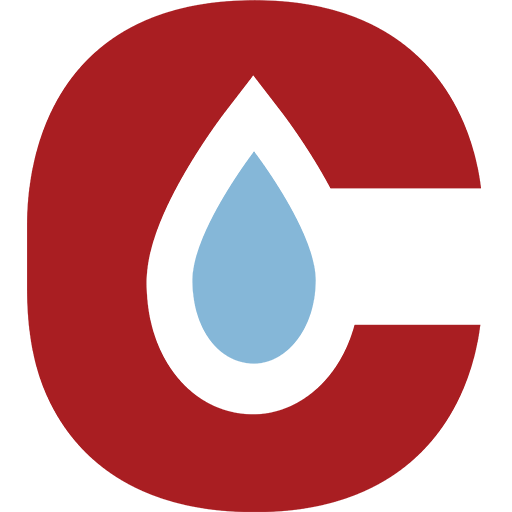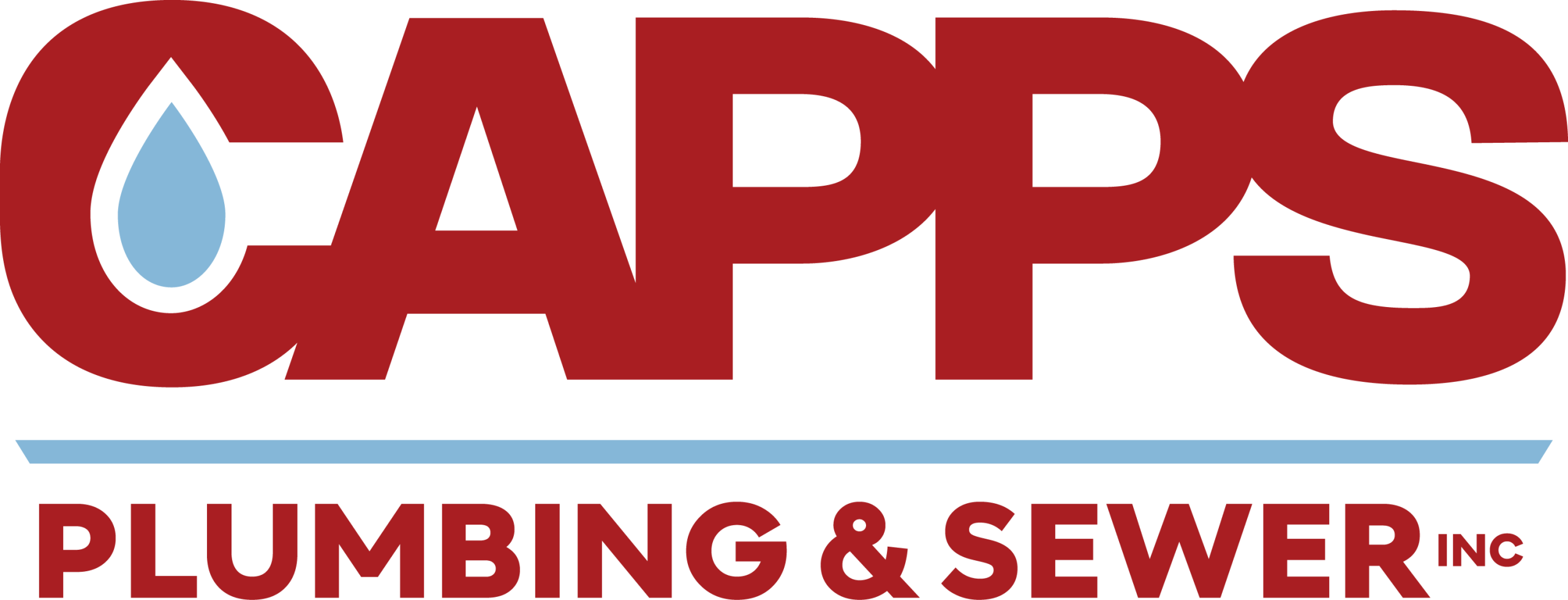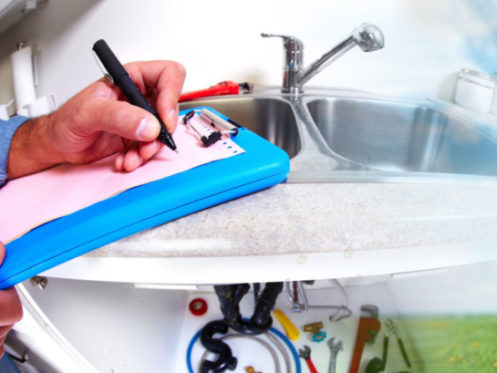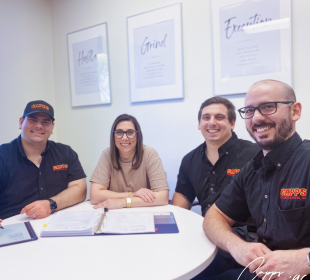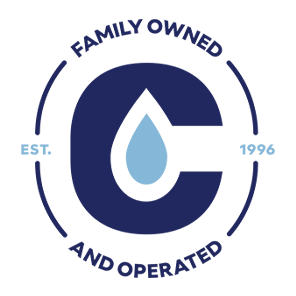Buying a home is one of the most important decisions you’ll make, and nothing should be overlooked when finding the right home for your family – especially the plumbing.
Imagine you’ve found the house of your dreams. It’s in the perfect location, the right size, the right price, and the right style. Little do you know that your one blocked drain from a total plumbing disaster.
A typical home inspection is conducted by a qualified professional who does a visual inspection of several areas of a house. When it comes to plumbing, a home inspector will look for obvious damaged or leaking pipes, proper hot water temperature, as well as functioning toilets, sinks, bathtubs, and showers. While this is a good start, only a licensed plumber can go beyond the basics to make sure all the plumbing is safe, and installed properly, and can look for signs of imminent problems.
A reputable seller shouldn’t mind a separate plumbing inspection, plus you can bring up any findings with your realtor before you make your purchase.
- Examine fixtures, supply lines, and drains for water flow problems
- Inspect bathroom sinks, showers, and toilets to make sure they’re working correctly
- Inspect your water heater
- Check the water pressure and pipe connections
- Test emergency shut-off valves
- Inspect washing machine hoses for leaks, splits, and lose connections
- Check sump pumps and battery back-ups to make sure they are working properly
You should also consider adding a main sewer line video inspection to your whole home inspection service. The plumber sends a small, high-definition video camera on a flexible cable into your sewer line. This live stream feed allows the technician to see any problems with the pipe including root intrusion, cracks, punctures, corrosion, or misaligned pipe sections. The camera will also show grease buildup, leaks, and other obstructions.
